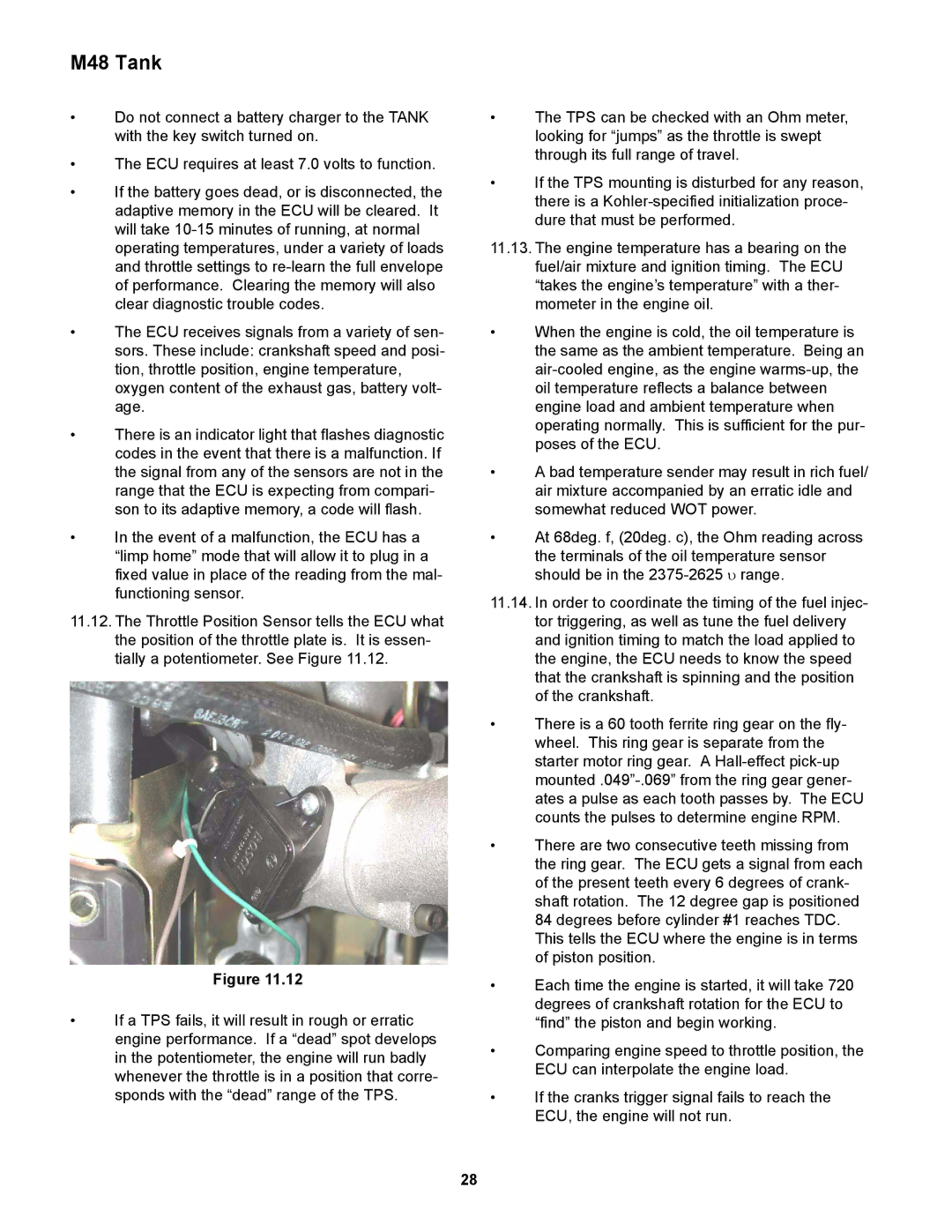M48 specifications
Cub Cadet has long been a name synonymous with quality and reliability in outdoor power equipment. Among its impressive lineup are the M48, M72, M54, 48, and 60 models, each designed to provide efficient and effective lawn maintenance solutions for both residential and commercial users. These zero-turn mowers embody advanced technology and engineering excellence that cater to the diverse needs of landscapers and homeowners alike.The M48 model is compact yet powerful, featuring a 48-inch cutting deck that allows for agile maneuvering in tight spaces. It is powered by a robust engine designed for durability and longevity, ensuring that users can tackle their mowing tasks with ease. The M72, on the other hand, elevates performance with a 72-inch cutting deck, making it ideal for larger properties and commercial applications. Both models are equipped with a hydrostatic transmission, delivering smooth acceleration and precise control while reducing the fatigue often associated with extended mowing sessions.
Cub Cadet's 48 and 60 models focus on providing versatility and performance. The 48-inch deck allows for a perfect balance between speed and accuracy, making it suitable for various terrains. Meanwhile, the M60 model enhances productivity with its 60-inch cutting deck, optimized for efficiency without compromising on quality. These mowers are engineered with cutting-edge technology, including Cub Cadet's signature SmartJet technology, which ensures superior grass cutting and a cleaner, healthier lawn.
All models in this series are equipped with a comfortable operator platform, ensuring ease of operation over long periods. Ergonomically designed seats provide excellent support and minimize user fatigue, contributing to a more enjoyable mowing experience. In addition, the user-friendly control panel and intuitive steering levers allow for quick adjustments and enhanced maneuverability.
Durability is a hallmark of Cub Cadet mowers. Constructed with heavy-duty materials, these machines are engineered to withstand the rigors of regular use while providing outstanding performance. Moreover, select models come with advanced features such as LED headlights for improved visibility during early morning or late evening mowing sessions.
Additionally, the models benefit from a robust warranty program, reflecting Cub Cadet's commitment to customer satisfaction and product reliability. Whether you're a weekend warrior caring for your lawn or a professional landscaper managing extensive properties, Cub Cadet's M48, M72, M54, 48, and 60 mowers deliver the power, performance, and comfort that users expect from a leading brand in outdoor equipment. With these innovative machines, maintaining a pristine lawn has never been easier or more efficient.

